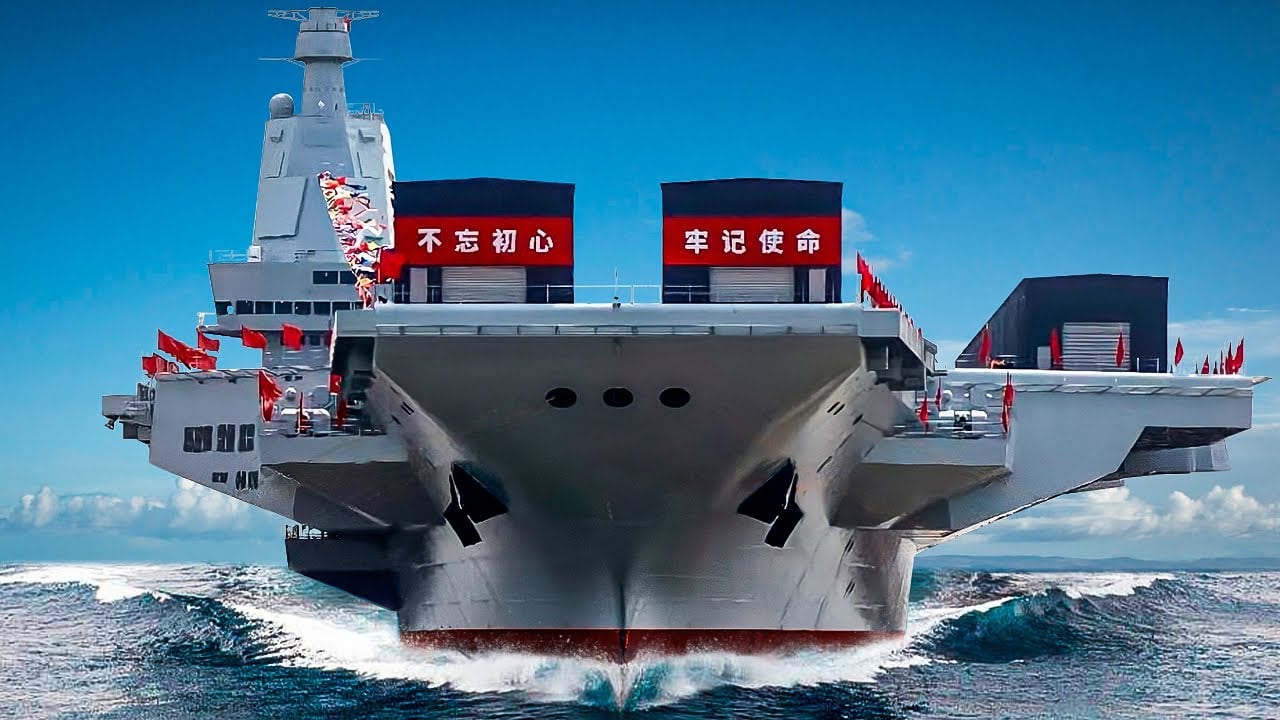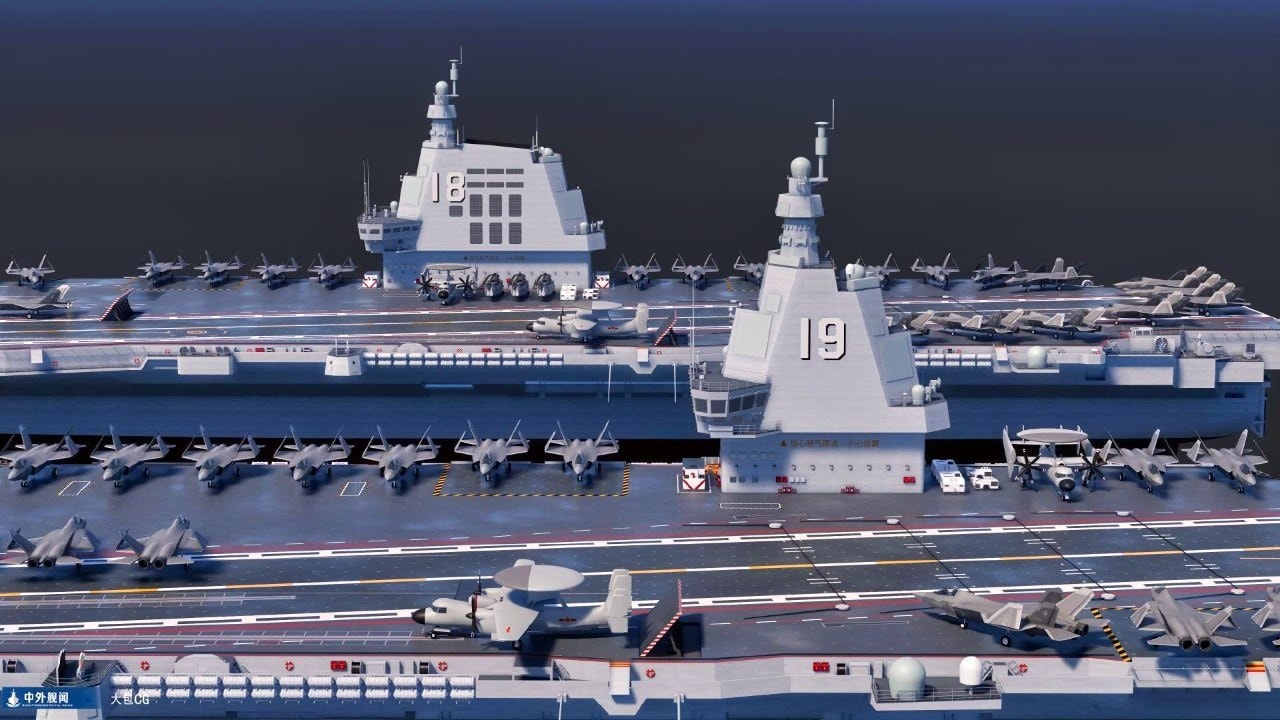Summary and Key Points: In March 2025, a small flotilla of Chinese warships sailed around Australia, raising fears reminiscent of Japan’s threat in 1942. Yet despite entering Australia’s Exclusive Economic Zone and conducting live-fire drills, the PLAN ships posed no real invasion threat.
-Unlike World War II-era Japan, China seeks influence rather than territory, aiming to demonstrate power and potentially threaten Australian trade routes.
-However, geography and logistics greatly favor Australia; without local airbases, China’s surface fleet would struggle and submarines would be vulnerable. Still, Australia’s strategic anxiety remains understandable, particularly amid uncertainty about continued U.S. military commitment to allies in the Pacific region.
Australia Has No Need to Panic over China’s Navy
Australia’s geostrategic location is both defense and danger. Being an island-continent at the bottom of the world creates a giant moat between Australia and potential enemies, but that vast expanse of water also means help from allies is far away.
So, Canberra can be forgiven for being nervous when hostile warships appear off their coast. In March 2025, a Chinese task force circled Australia. More than that, it entered Australia’s Exclusive Economic Zone that extends 200 miles from shore, and even conducted live-fire exercises that forced commercial aircraft to detour.
This seemed to evoke visceral memories of early 1942, when the Japanese Empire seemed poised to invade Australia. Britain, Australia’s historical protector, had abandoned the Pacific to concentrate its forces against Nazi Germany. With the U.S. still reeling from Pearl Harbor, and Australia’s best troops away fighting Rommel in North Africa, Australia seemed isolated and vulnerable. That vulnerability was underscored in February 1942, when Japanese carrier aircraft bombed the northern Australia port of Darwin.
Yet it wasn’t the Imperial Japanese Navy lurking in Australian waters last month. It was a tiny People’s Liberation Army Navy (PLAN) flotilla consisting of a China cruiser, destroyer and supply ship. Operating without air cover close to land, those vessels would have quickly sunk if Australia had so desired.
But picking a fight wasn’t Beijing’s goal. Most likely, it was to show that although Australia is 5,000 miles away, China has the power to threaten Australia, especially its maritime trade. A vast, lightly populated nation that exports food and raw materials and imports oil, Australia depends on foreign trade, which accounts for 45 percent of GDP (and China is Australia’s biggest trade partner).
In early 1942, the Imperial Japanese Navy wanted to invade Australia: the Imperial Japanese Army demurred, fearing that it lacked sufficient troops. But China doesn’t need to invade. Its navy, air force and ballistic missiles could potentially disrupt Canberra’s trade, either by sinking ships, or by threatening to do so which would discourage shippers and drive up rates.
The Chinese government would point out that Australian warships have sailed through the Taiwan Strait, which China considers a provocation in its backyard. Yet foreign warships, sailing in waters that China claims as its own, are not an existential threat. At most, they signal a rejection of Chinese territorial expansion or a signal that Taiwan would receive support from allies should China invade.
The thought that Canberra could be blockaded has dire implications. In reality, that would be a tough proposition. With the world’s largest navy, including a growing force of nuclear attack submarines and diesel-electric subs, China could project a limited amount of force around Australia.
But without airbases in the Southwest Pacific, PLAN surface ships wouldn’t last long without air cover, and subs would be vulnerable anti-submarine aircraft. Nor would there be bases for warships to replenish fuel and ammunition. As for invasion, China would have enough difficulty mounting an amphibious assault across the 110-mile-wide Taiwan Strait. Invading Australia boggles the imagination.
Still, Australia, New Zealand and the U.S. are wary of China’s new political and trade links with South Pacific nations such as Tonga and the Solomon Islands. Australia is already boosting its armed forces, including purchasing American-made missile defense systems.

China Aircraft Carrier. Image Credit: YouTube Screenshot.
The real question is the U.S., which has been Australia’s protector since Britain withdrew 80 years ago. During the Cold War, both nations were allied against the Communist bloc, with Australia sending 60,000 troops to fight in the Vietnam War.
But the Trump administration seems ready to have the U.S. leave NATO, and some question whether it would go to war against China to defend Taiwan. It is not surprising that Australians are beginning to wonder whether America would defend them.
About the Author: Michael Peck
Michael Peck is a defense writer whose work has appeared in Business Insider, Forbes, Defense News, Foreign Policy magazine, and other publications. He holds an MA in political science from Rutgers Univ. Follow him on Twitter and LinkedIn

